How do you Write an annotated bibliography for Mathematics article
Write an annotated bibliography for Mathematics article(गणित के लिए सन्दर्भ सूची लिखना )
सांराश -इस पोस्ट गणित का आर्टिकल लिखने का तरीका बताया गया है। गणित संदर्भ सूची तथा पोस्ट लिखते समय कुछ बातें ध्यान रखनी चाहिए। पोस्ट को लिखकर भविष्य के लिए सुरक्षित रख लेना चाहिए अर्थात पोस्ट की प्रतिलिपि कर लेनी चाहिए। पोस्ट लिखते समय Heading,subheading तथा खण्डों में विभाजित करके लिखना चाहिए। आर्टिकल को लिखने में वैज्ञानिक तरीका अपनाना चाहिए। पोस्ट को अपने स्वयं की कल्पना और विचार के आधार पर तैयार करना चाहिए। महान व्यक्तियों के विचार तथा फुटनोट के रूप में उद्धरण का संदर्भ देना चाहिए।
गणितीय आँकड़ों को तैयार करते समय तथा लिखते समय पोस्ट में अपना झुकाव प्रदर्शित नहीं करना चाहिए। गणितीय आँकड़ों से तात्पर्य यह है कि सूचनाए एकत्रित करना। गणितीय आँकड़ों को तैयार करने की दो विधियाँ -
(1.)गणितीय संभाव्यता नमूना (2 .)गणितीय असंभाव्यता नमूना
(1.)गणितीय संभाव्यता नमूना :- गणितीय संभाव्यता यादृच्छिक नमूने तथा विचार विमर्श द्वारा तैयार किए जाते हैं। हालांकि किसी घटना की कल्पना करना आसान होता है परन्तु इसकी पालना करना बहुत कठिन होता है। इन्हें यादृच्छिक तरीके के साथ परिभाषित किया जाना चाहिए। व्यवस्थित तरीके से इसको प्राप्त करने में परेशानी है। जैसे किसी हॉस्पिटल रोगी का नर्सिंग स्टॉफ के साथ सकारात्मक व आरामदायक को निश्चित करना। यदि हम सभी रोगियों की सभी हॉस्पिटलों में निरीक्षण करे तो एक यादृच्छिक नमूना तैयार होता है.गणितीय संभाव्यता नमूना का चुनाव के लाभ है -स्तरीय नमूना उपयोगी है जब बहुत बड़ी जनसंख्या को जानते है तथा हमारी इच्छा होती है कि उसका निष्कर्ष निकाला जाए। छात्र अनुभव करते है कि उनके उनके पर्याप्त मात्रा में हाईस्कूल के गणित के विषय में आंकिक विश्लेषण का अध्ययन किया जाता है। पुरुष और महिलाओं का अनुपात विषम होता है। महिलाओं की अपेक्षा पुरुषों की संख्या ज्यादा होती है।
(2 .)गणितीय असंभाव्यता नमूना -गणितीय असंभाव्यता नमूना का अर्थ है ऊपर वर्णित स्तरीय नमूना का जो वर्णन किया गया है उससे विपरीत तरीका होता है। प्रत्येक समूह में पांच को अनुभव के बारे में प्रश्न पूछे जाते है या अन्त में सुविधा के अनुसार नमूना लेकर तैयार किए जाते हैं।
गणितीय ऊपरी खोज या गणितीय नीचे की खोज के द्वारा सामान्य जानकारी प्राप्त की जाती है।
वादविवाद के द्वारा भी गणितीय पोस्ट तैयार की जाती है।
इस प्रकार कई तरीके से गणितीय पोस्ट तैयार की जाती है।
Review a description and sample of an APA style annotated bibliography. Save this article because you will be asked to write more annotated bibliographies in future modules.
1. Begin with an introduction that tells me what the hypothesis you developed for the Module 1 SLP is. If you received feedback asking you to improve it, please use the improved version.
2. Use ProQuest or Ebsco to search for 3 articles related to the area of interest you chose in the Module 1 SLP. They must be articles that would help you answer your research question. In other words, they have to be related to what you are trying to find out, as if
you were a researcher investigating this topic.
The articles must be from scholarly journals. They must be no more than 5 years old. Save the mathematics articles because you will use them in other mathematics assignments. Review the Background Information in this module regarding how to conduct a literature review.
3. Write an annotated bibliography for each mathematics article . Before you begin, please review a description and sample of an APA style annotated bibliography. Save this article because you will be asked to write more annotated bibliographies in future module .
Mathematics ASSIGNMENT EXPECTATIONS:
Please read before completing the mathematics assignment.Copy the actual mathematics assignment from this page onto the cover page of your paper (do this for all papers in all courses).
Assignment should be approximately 2 pages in length (double-spaced).
Please use major sections corresponding to the major points of the assignment, and where appropriate use sub-sections (with headings).
Remember to write in a Scientific manner (try to avoid using the first person except when describing a relevant personal experience).
Quoted material should not exceed 10% of the total paper (since the focus of these mathematics assignments is on independent thinking and critical analysis). Use your own words and build on the ideas of others.
When material is copied verbatim from external sources, it MUST be properly cited. This means that material copied verbatim must be
enclosed in quotes and the reference should be cited either within the text or with a footnote.
Use of peer-reviewed articles is required. Websites as references should be minimal and must meet guidelines noted above.
Cite all references in APA style. Part I
METHODS OF DATA COLLECTION & THEIR STRENGTHS AND WEAKNESSES
The ongoing struggle to avoid BIAS:
In every part of the enterprise of performing research in health science, a researcher needs to take great pains to avoid the dreaded
possibility of BIAS.
BIAS, or error, can come about in any number of ways during the process of defining the question, collecting the data and analyzing it.It can also happen from random causes; what I like to refer to the “stuff happens” effect. But this is by definition beyond
the researcher’s control.
In every way that can possibly be anticipated, there is a need to control for known sources of bias. If the data is BIASED towards a certain outcome that does not reflect reality, then a meaningful or useful answer to the original question has not been obtained.Once the researcher has defined the question, the next step will be to find a way to obtain subjects that minimizes the potential for creating bias through the selection procedure.
Obtaining subjects for study –Mathematical data collection methods:
Mathematical Data is the word we use for the information that we collect in order to do our research (the singular for this word is datum but we rarely use it.)Mathematical Data collection is also known as sampling. It might not seem obvious, but HOW you go about obtaining your subjects can be as crucial to the validity of your outcome as the question you ask and the type of statistical procedure
Glossary:-
annotated-टिप्पणी सहित ,bibliography-ग्रन्थसूची ,सन्दर्भ सूची ,cited-तलब करना ,उद्धरण देना ,verbatim-अक्षरश: ,peer-reviewed-सहकर्मी की समीक्षा ,anticipated-पूर्वानुमानित ,obvious-प्रत्यक्ष ,प्रकट ,crucial- महत्त्वपूर्ण ,निर्णायक ,outcome-परिणाम,नतीजा ,desirable-वांछनीय,आकर्षक ,occur-घटित ,घटित होना ,execute-पालन करना ,systematic-व्यवस्थित ,surveying-सर्वेक्षण ,perceive-समझना ,देखना ,अनुभव करना ,interactions-पारस्परिक विचारविमर्श ,probabilistic-संभाव्यता ,stratified-स्तरीय ,curious-जिज्ञासु ,adequately-पर्याप्त ,पर्याप्त मात्रा में ,substantial-ठोस ,वास्तविक ,subpopulation-उपजनसंख्या ,contrasted-विषय ,quota-हिस्सा ,भाग ,botherपरेशानी ,झंझट ,तंग करना - ,convenience-सुविधा ,आराम ,deliberately-जानबूझकर ,distorted-दूषित ,विकृत ,biased-पक्षपातपूर्ण ,approach-पहुंच ,प्रवेश ,निकटता ,conduct-आचार-व्यवहार ,minimal-न्यूनतम ,bottom-up searches -नीचे की खोज ,top- down searches-ऊपर की खोज ,novice-नौसिखिया ,आरंभकरना ,trident-त्रिशूल ,skim-झाग ,मलाई निकालना ,abstracts- ,outlines-अमूर्त भावात्मक ,refining-विनय ,संशोधन ,unusual-असामान्य ,pertinent-प्रांसगिक ,prior-प्रधान ,frivolous-हल्का ,बेहूदा ,custom-रिवाज ,प्रथा ,editing- संपादन ,revising-संशोधन ,दोहराना ,complexities-जटिलताओं ,perplexing-पेचीदा ,merely-केवल ,सादे तौर पर ,assumes-रूप बनाना .




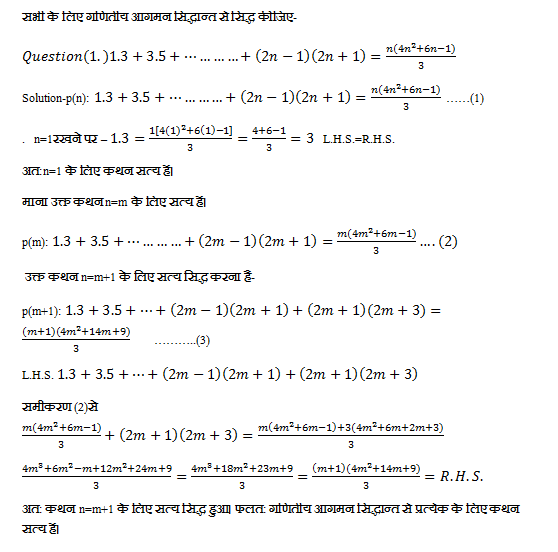
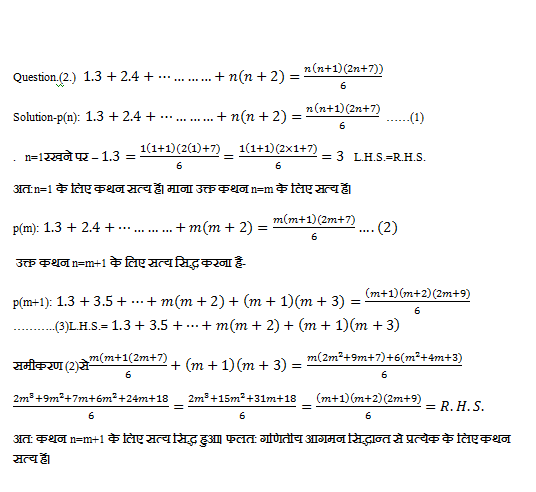
![solving linear equation [Method of elimination (By substitution)] solving linear equation [Method of elimination (By substitution)]](https://blogger.googleusercontent.com/img/b/R29vZ2xl/AVvXsEjRMS42ExXjOwy0RJjH_GvlQX8b2d7kuaNEMHfjr6UeY4YhE-lPgcy8Z67BLkXCm8oORzMckqdWr-bnekukvuqUfmhgIoaDdt6JdzGyOBy2ZZYFslMBpKp-Joef3-Gv8m0o0Rnqhu9vIkI/s640/solving-linear-+equation-Method-of-elimination-by-sustitution.PNG)
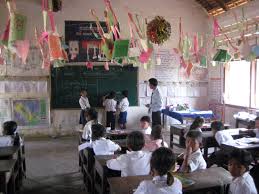




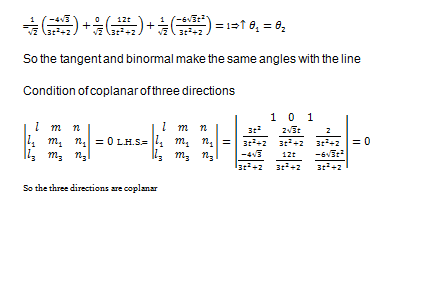
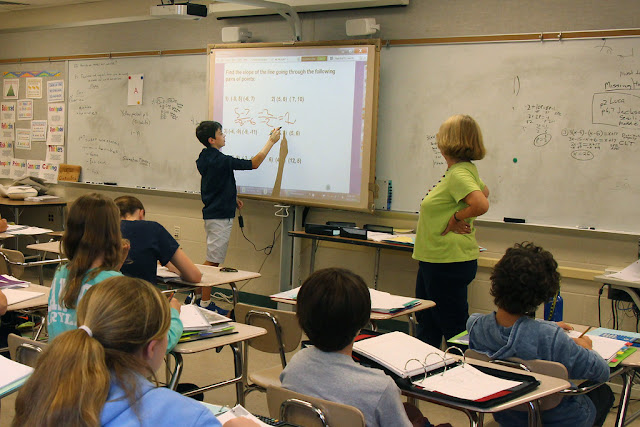



0 Comments: